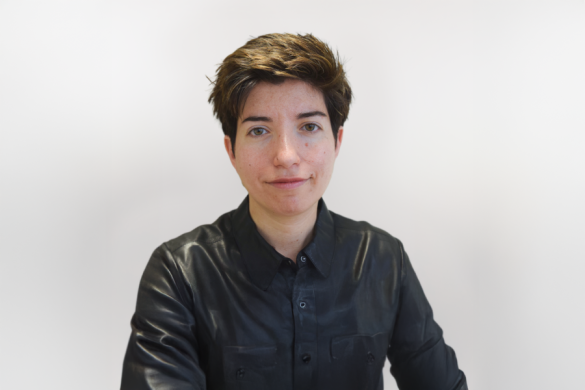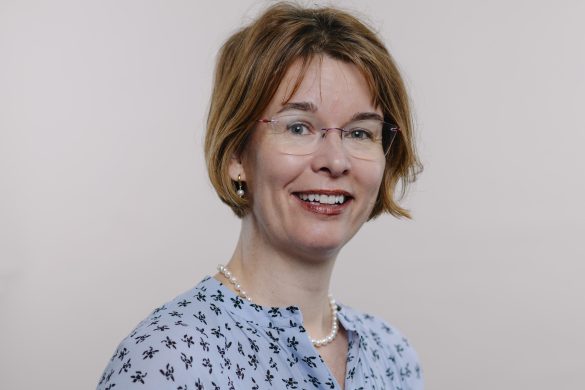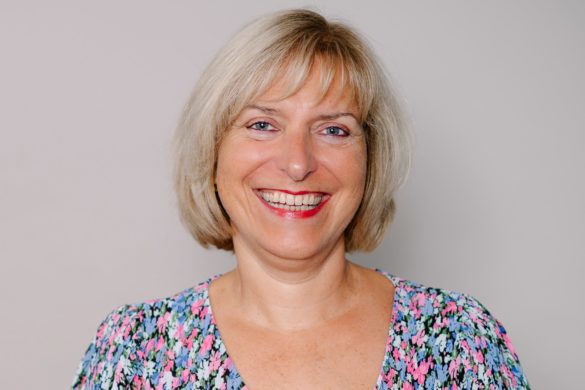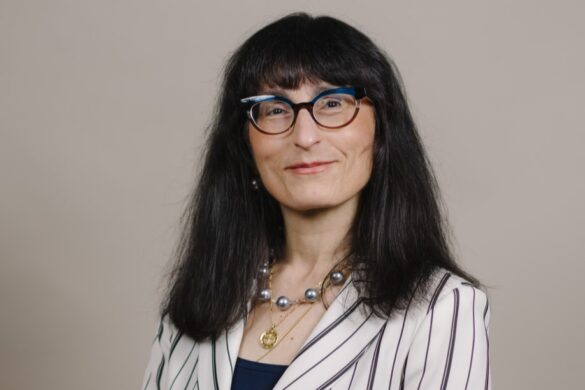When I had just been appointed a consultant in 1975, a renal physician friend examined the contents of my smart new diagnostic bag: “ophthalmoscope, red pin, tuning forks, cotton wool, pins, orange sticks, tendon hammer, lots of things to find out what’s wrong with people and nothing to get them better with!” Everyone laughed.
The basis of treatment and management is correct diagnosis and a neurological training should make us master diagnosticians. Two examples spring to my mind. A 90 year old lady with bulbar palsy had been wrongly diagnosed as having motor neuron disease but she also had bilateral ptosis. She was delighted to be told that she had myasthenia gravis and could be treated. A 70 year old man with tetraplegia had been told that he had had a brain stem stroke with a poor prognosis but he had areflexia. The actual diagnosis was very acute onset Guillain-Barré syndrome. He eventually walked out of hospital. Any senior neurologist can give you a string of such examples. Diagnosis is a virtue of our specialty and nothing to be ashamed of.
The old canard that neurological diseases are untreatable was already untrue 40 years ago. We had penicillin for neurosyphilis and meningitis, polio vaccine to prevent polio, phenobarbitone and phenytoin for epilepsy (Shorvon 2009 Epilepsia, 50 (Suppl. 3):69), anticholinesterases and corticosteroids for myasthenia gravis, and recently L-dopa for Parkinson’s disease. In any case inability to cure diseases does not mean that the physician has no value. Anyone can cure lobar pneumonia with penicillin but it takes much greater skill to help a patient with motor neuron disease.
Today, forty years later, there have been life-transforming advances in most specialities. My renal physician friend can boast of dialysis and renal transplantation. The cardiologist can claim pacemakers, stents and coronary artery bypass grafts. We may not quite be able to match the drama of these treatments but we can be proud of many advances. The greatest advance has been the introduction of CT and then MRI. Forty years ago we had to do non-dominant carotid angiograms and then air encephalograms to investigate dementia and myelograms to identify the cause of spinal cord disease. Without MRI, diagnosing multiple sclerosis was a much more chancy business. There have been major advances in treatment as well and they have made a difference. Stroke units reduce death and dependency one year after stroke from 62.0% to 56.4%. Prompt intravenous thrombolysis for ischaemic stroke reduces death and dependency from 62.7% to 56.4% in the 10% or so who are eligible (Hankey and Warlow 1999 Lancet 354 1457). In this month’s European Journal of Neurology, Béjot et al. (vol 20 p 1177) report halving of the mortality from stroke in 2004-2010 compared with 1985-2003 and a disappearance of the increased weekend and holiday mortality present in the earlier period. It would be useful to have similar epidemiological data for other neurological diseases. Many new antiepileptic drugs have come on the market and temporal lobe surgery has been refined but it is unclear whether these advances have had such a major effect on the number of people with seizures on the streets as the original introduction of phenobarbitone. Dopa decarboxylase inhibitors, dopamine agonists and deep brain stimulation have been added for Parkinson’s disease but none of these has had as dramatic impact on the disease as the original awakening with L-Dopa. Botulinum toxin injections are strikingly effective for some dystonias although admittedly this only affects small numbers of patients. Disease modifying drugs have had a major effect in reducing relapses of multiple sclerosis but made little impression on the progressive phase of the disease. Immunotherapy for myasthenia gravis, inflammatory neuropathy and inflammatory muscle disease has expanded from corticosteroids to proven benefit from plasma exchange and intravenous immunoglobulin and gives the promise of more useful immunosuppressants to come. Does any reader have disease registers which show the expected reduction in disability from these diseases with advances in treatment during the last 40 years? We are even beginning to see benefit from symptomatic treatments for Alzheimer’s disease and motor neuron disease and the first attempts at dealing with genetic diseases such as mitochondrial disorders and Charcot-Marie Tooth disease. Exciting times…
A word of warning to the next generation of neurologists: As fast as we discover a treatment for a neurological disease, competition springs up from our colleagues in other specialties. Thus neurosyphilis becomes the province of the venereologist, meningitis of the infectious disease specialist and sleep of the respiratory physician. Leprosy is looked after by the leprologist, subacute combined degeneration of the spinal cord by the haematologist and stroke, in some countries such as my own, by the stroke physician. We should work with these colleagues, not let them take over our diseases. Otherwise we will continue to have to defend ourselves from the unjustified accusation that neurology is a diagnostic not a therapeutic specialty.













